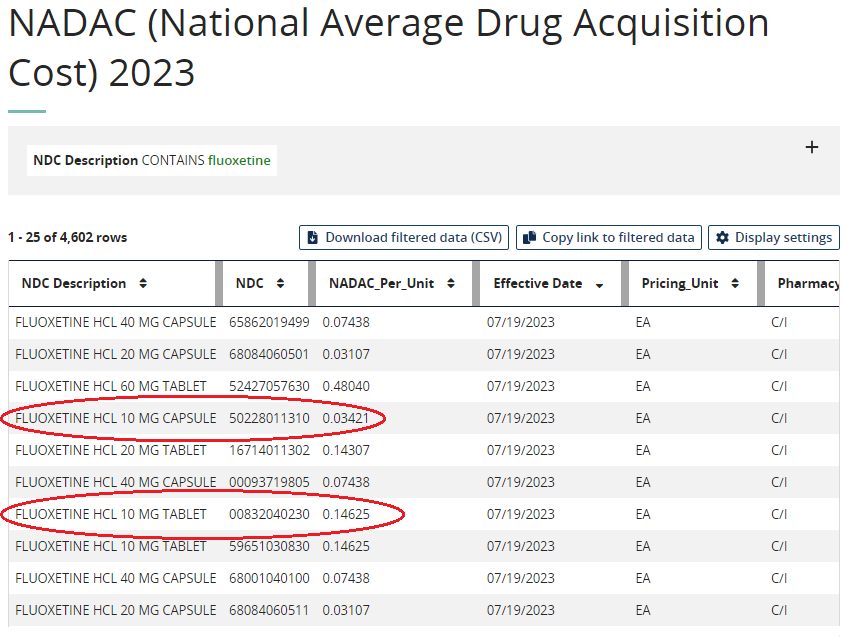As a CHRO or CFO on a buying committee, evaluating a pharmacy benefit manager (PBM) formulary is a critical task that requires careful consideration and attention to detail. Creating an effective PBM formulary requires expertise in the business of pharmacy benefits alongside clinician input. Here are ten key mistakes to avoid for enhanced patient care and cost savings:
- Lack of Clinical Evidence: Failing to base formulary decisions on robust clinical evidence can lead to inappropriate or ineffective drug choices. Always ensure that formulary decisions are supported by reliable clinical data, including randomized controlled trials and meta-analyses.
- Ignoring Comparative Effectiveness: Neglecting to compare the effectiveness of different drugs within the same therapeutic class can result in suboptimal drug choices and unnecessary costs. Always consider the relative efficacy and safety of available options.
- Limited Stakeholder Involvement: Not involving key stakeholders, such as physicians, pharmacists, and plan administrators, in formulary decision-making can lead to poor acceptance and compliance with the formulary. Engage all relevant parties to gain valuable insights and perspectives.
- Inadequate Consideration of Cost: Focusing solely on drug efficacy without considering the cost-effectiveness of treatments can lead to a formulary that is financially unsustainable for the PBM and its beneficiaries. Strive for a balance between clinical effectiveness and cost. For example, Fluoxetine 10 MG Capsules cost almost five times less than Fluoxetine 10 MG Tablets (see figure 1).
- Omission of Essential Medications: Overlooking essential medications or therapeutic classes can limit patient access to necessary treatments and compromise their health outcomes. Ensure that a broad range of medications is available to meet patient needs.
- Inconsistent Review Processes: Inconsistent or ad-hoc review processes can lead to inconsistent formulary decisions and a lack of transparency in the decision-making process. Establish clear and standardized criteria for formulary inclusion or exclusion.
- Failure to Address Access and Equity: Not considering the impact of formulary decisions on patient access and health equity can lead to disparities in care. Account for patient demographics, disease prevalence, and healthcare disparities when designing the formulary. A cost-effective formulary can be constructed with as few as 1,250 products accounting for dose variations or formulations.
- Insufficient Monitoring and Review: Neglecting to regularly monitor and reassess the formulary’s performance can lead to missed opportunities for improvement and adaptation to changing healthcare needs and advancements.
- Inadequate Communication: Failing to communicate formulary changes effectively to prescribers, pharmacists, and patients can lead to confusion and disruptions in therapy. Implement clear and timely communication strategies to keep all stakeholders informed.
- Conflict of Interest: Allowing conflicts of interest to influence formulary decisions can compromise the integrity and fairness of the process. Ensure that committee members disclose potential conflicts and establish mechanisms to address and manage these conflicts appropriately.
By avoiding these common mistakes and taking a comprehensive approach to formulary construction, you can be the impetus behind creating an effective PBM formulary. One that prioritizes patient care, cost-effectiveness, and clinical appropriateness.

